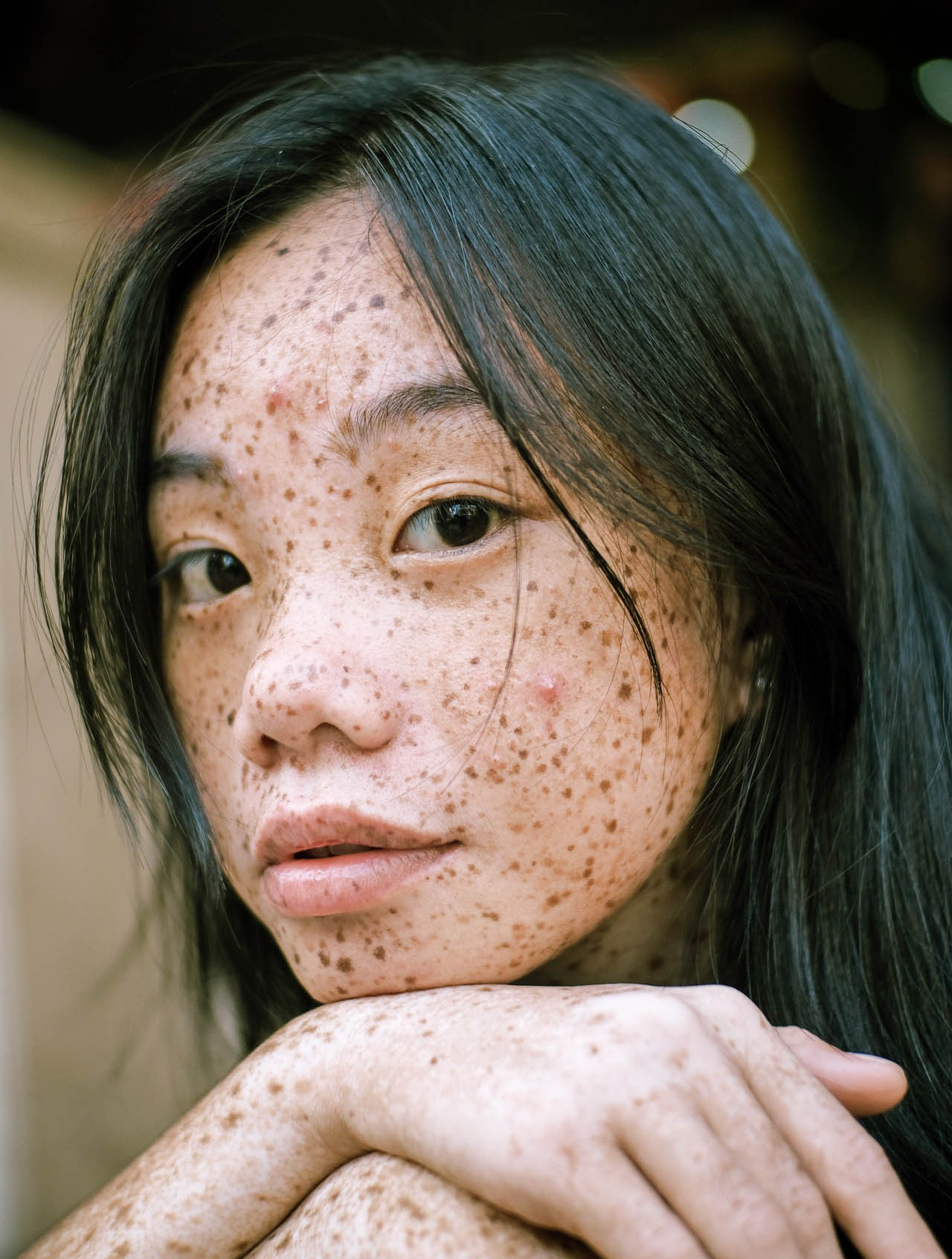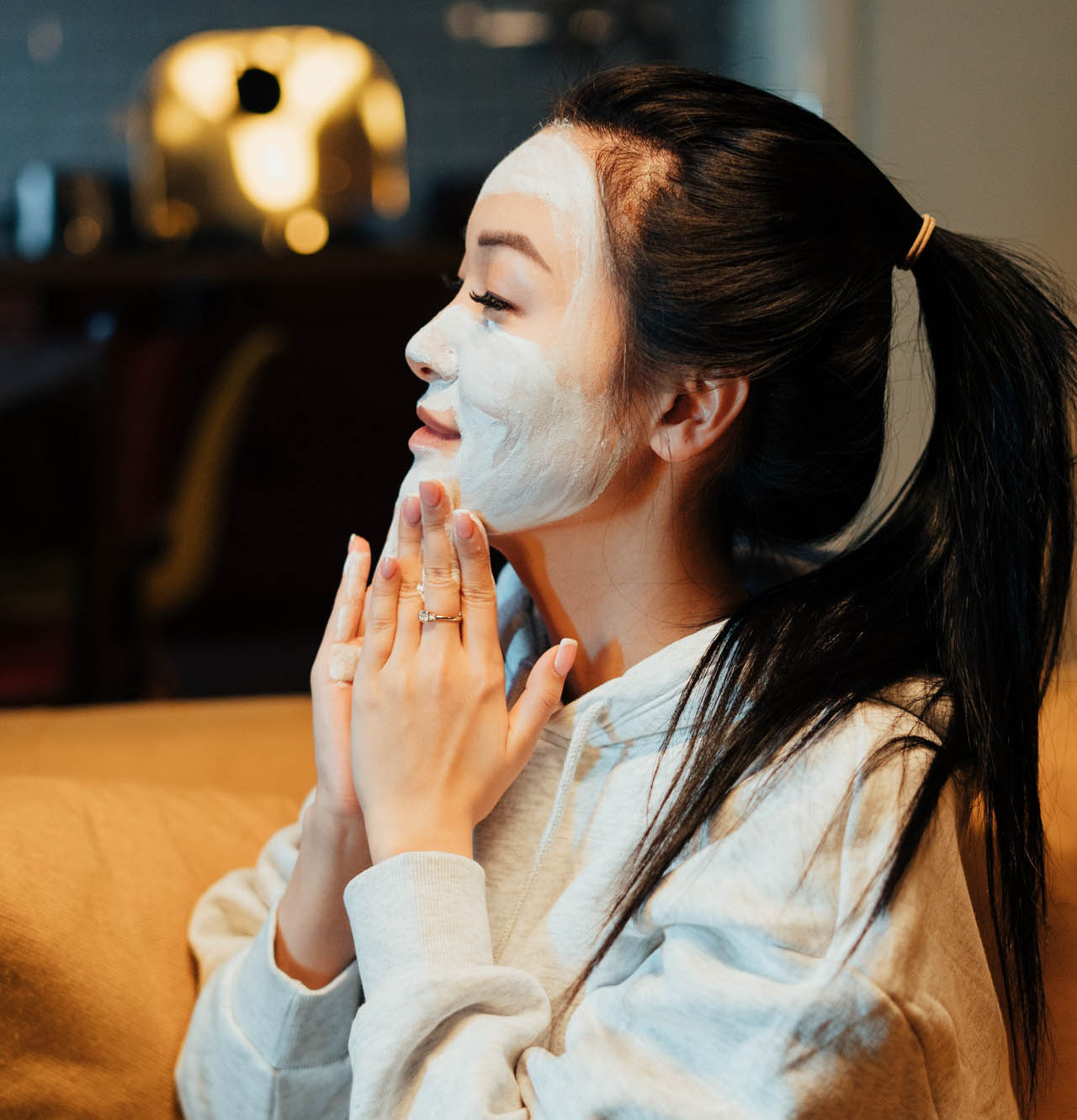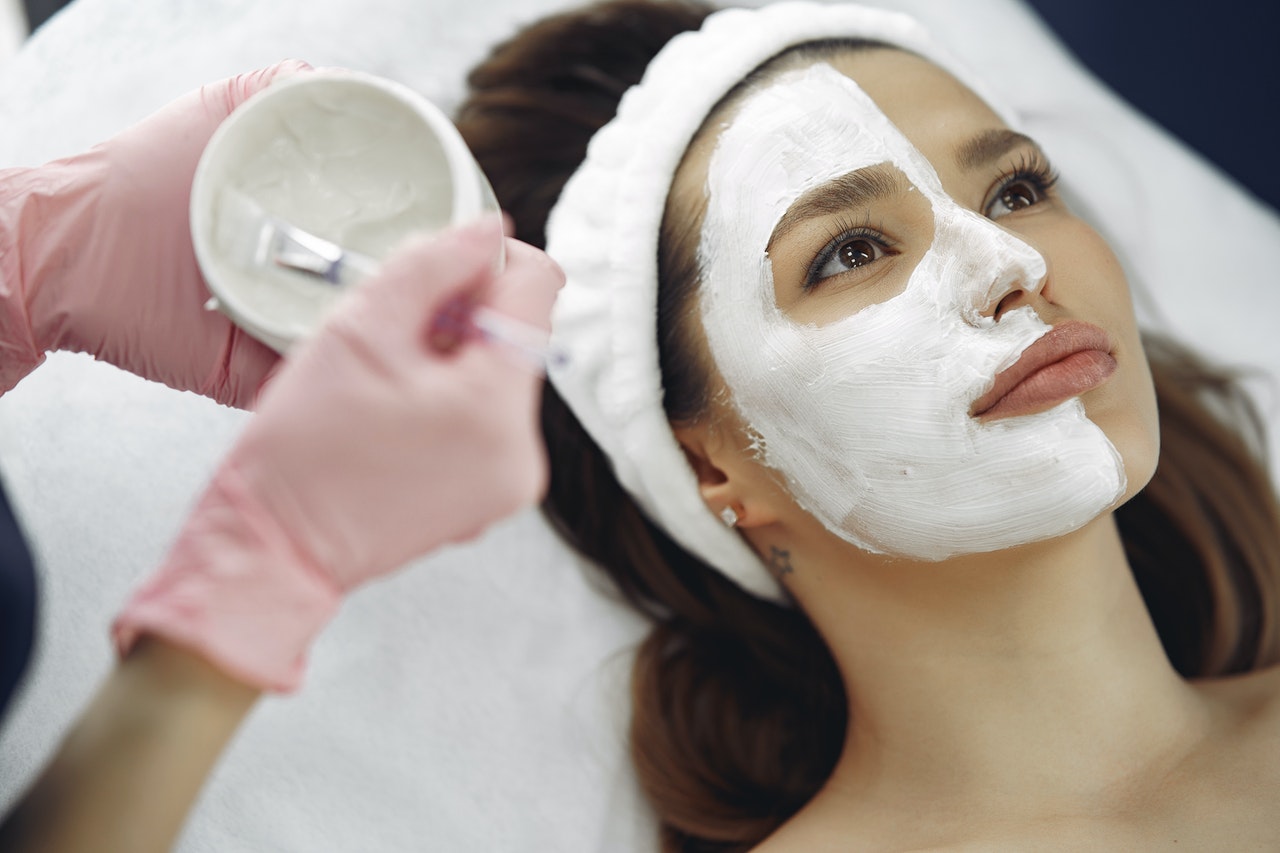A lot of us take care of our skin and we still get acne and all kind of skin issues. Sounds familiar? Yes, to us too. And a lot of us also will notice some red spots after the acne has cleared up. This is called hyperpigmentation and it is certainly annoying to deal with. Generally speaking, hyperpigmentation is a very board term and it refers to discolouration.
There are actually several different forms of pigmentation that we’ll cover today and questions you might have about it – like how to treat hyperpigmentation from acne, how to lighten hyperpigmentation, or how to get rid of post-inflammatory hyperpigmentation fast.
Luckily for us, Singapore can offer some of the most innovative methods and technologies for treating all sorts of skin conditions. That includes hyperpigmentation too. So in this article, we’re going to talk about the available hyperpigmentation treatments in Singapore – including costs, different available methods, and results you can get with them. We hope our information is helpful!
Table of Contents
What exactly is hyperpigmentation?
The main reason why people get hyperpigmentation hides in a pigment in our skin called melanin. It’s the pigment that causes all types of hyperpigmentation. So what exactly is hyperpigmentation? It’s basically the overproduction or irregular distribution of melanin. The other question is what makes the skin overproduce melanin? Well, this is not a simple question because there may be many reasons behind it. But the biggest culprits when it comes to hyperpigmentation are sun exposure, hormonal changes, certain medications, and acne.
Sun exposure seems to be the most popular cause for pigmentation because when our skin is exposed to the sun – it produces more melanin. While this exposure results in tan a lot of the times if the exposure is too much the melanin might start to distribute less proportionately. The other popular cause of the overproduction of melanin is acne and rashes. Pimples can cause discolouration called post-inflammatory hyperpigmentation that’s often stubborn to remove.
What are the main types of hyperpigmentation?

We noted that there are several types of pigmentation that present themselves with different levels of discolouration. Let’s delve into more detail of the different types of hyperpigmentation.
- Age Spots: When we age, we might notice that we get spots on our arms or face. A lot of the times these sports are due to sun exposure.
- Melasma: This is a type of pigmentation that is believed to occur due to hormonal changes. More women are believed to develop melasma compared to men. It often appears as patches of discolouration (slightly darker than the rest of the face) on the face.
- Post-inflammatory hyperpigmentation: that’s pigmentation caused by acne or any sort of trauma to the skin. It can appear as brown or reddish dark spots on the skin where previous inflammations were.
- Freckles: A lot of the times freckles appear due to genetics but sometimes they can appear due to sun exposure.
What are some ways to avoid hyperpigmentation?
There might different causes to hyperpigmentation but there are some general ways we can prevent it. Of course, it’s always best to ask a dermatologist if you’re looking for ways to prevent pigmentation. But here are some of the most commonly quoted tips in preventing hyperpigmentation.
- Avoid sunlight: As we noted one of the main reasons behind pigmentation is sun exposure. Which makes it only logical that we avoid the sun. Of course, mild sun exposure is considered safe (for getting Vitamin D) but we should always do it responsibly and use sun protection. Wear strong sunscreen every day. This will not only prevent hyperpigmentation but will also slow down ageing. Another thing you can do is avoid the sun around noon – it’s the strongest then.
- Try to not pick your skin: You shouldn’t pick your pimples because that actually contributes to getting more pigmentation. The same goes for scratching your rashes or irritation you might have.
How can I treat hyperpigmentation in Singapore?

As we’ve mentioned already Singapore is one of the best places in the world to get cosmetic treatments including treatments for hyperpigmentation. There are many options to treat pigmentation including DYI methods, prescription creams, and in-office procedures you can get at an aesthetic clinic. Your choice will depend mainly on your case and budget. But what we suggest you do first is to talk to a dermatologist working at an aesthetic clinic. They will evaluate your skin type, define the level of severity, and assign appropriate treatment for your specific skin type.
Sometimes patients don’t even need aggressive therapies to treat their hyperpigmentation – they can apply anti-pigmentation creams and be done with it. So let’s see how you can treat hyperpigmentation in Singapore.
Over-the-counter creams
OTC creams help with milder forms of hyperpigmentation but they can’t get rid of it. With more severe forms of hyperpigmentation, it’s best to turn to a professional. That being said, if you do get prescriptions for topical creams by your dermatologist you need to know that they have different ingredients than the ones you can buy at the drugstore. Usually, prescription creams (especially the ones you can in Singapore) can only be assigned by a doctor and they have stronger ingredients made to work for specific skin problems.
Some of the ingredients you might find in prescription creams are niacinamide, hydroquinone, liquorice extract, and face acids (such as AHA, BHA, azelaic acid, vitamin C, or salicylic acid). Another popular ingredient is retinol – derivate of vitamin A. They are suitable in treating mild dark spots or pigmentation marks.
Laser Hyperpigmentation Treatment
Lasers are one of the most popular ways to get rid of pigmentation in Singapore and the rest of the world. The most important thing we should start off with is to say that you need a doctor certified in using laser machines in order to get laser treatment in Singapore. Also, as there are different types of hyperpigmentation, there are also different laser treatments as well. Laser therapies include Q-switched lasers, pico laser, and fractioned lasers. All of these have different settings and ways they distribute light and heat into the skin.
Lasers are suitable for people with fair skin (as darker skin tones can get discolouration) and for people who need stronger treatment than topical creams. Patients can also expect hyperpigmentation laser treatment side effects such as redness, skin sensitivity, and irritation. The risk of side effects is associated with your doctor’s work and sometimes the type of machine they use. The Pico Laser treatment, as a new technology, allows for fewer side effects because it doesn’t damage surrounding tissue.
If you’re not sure whether to use pico laser or other types of lasers, just ask your doctor for suggestions.
How do lasers work on removing hyperpigmentation?
Lasers penetrate the deep within the skin and deliver heat that destroys melanin. The destroyed pigments are then absorbed by the body. Basically, the laser creates micro-injuries to the skin that promote collagen production. Thus your skin becomes more youthful and radiant after treatment.
When can I expect results with laser treatment?
It really depends on the issue you’re treating and the type of laser your doctor uses. Generally speaking, a laser treatment cost would be anywhere between 15 min to 30 min. Patients mostly note they see visible results after the 4th or even 10th laser sessions. Also, it’s important to note that lasers are most likely not going to get rid of your pigmentation completely but rather they will reduce it significantly. A lot of the times doctors use laser treatment alongside topical creams to get even better results.
But all in all, patients note up to 90% improvement with their pigmentation. Remember that laser treatments may not be suitable for patients with darker skin tones. If you’re unsure ask your dermatologist for an opinion.
How much is a laser treatment for hyperpigmentation in Singapore?
It all depends on what you treat and the amount of removal treatment you need. Other factors that contribute to the end cost is the type of laser machine as well (some new type of machines such as the pico laser are more expensive). That being said, you can expect a cost of around 1000$ to 5000$ per session.
Chemical Peels

This is another popular way to treat skin issues such as pigmentation and acne. The ingredients used in chemical peels remove the upper layer of the skin and reveal smooth skin after some time. Chemical peel ingredients can be found in drugstore creams as well but it’s best to trust a qualified medical professional with it. If done improperly chemical peel treatments can leave your skin damaged and it increases your risk of side effects. The ingredients in chemical peels can be very strong so it’s best to be careful with them.
There are some possible side effects are redness and irritation. It can also leave your skin more sensitive. It’s important to avoid the sun after removal treatment and to use strong sunblock if that’s impossible.
What results can I expect?
This is a procedure suitable for patients with post-inflammatory hyperpigmentation, age spots, and melasma. The results from chemical peel treatments can be seen in a week or more depending on the amount of chemical peel used. For lighter chemical peel you can expect results in a week or, for a medium one it can take a week or two weeks for the skin to heal properly, and for a deep chemical peel, it can take two weeks or more.
The results you can expect are improvement in skin texture and even fewer wrinkles.
What’s the cost of a chemical peel in Singapore?
It’s more affordable than other pigmentation removal treatment options as the cost per treatment may vary from 40$ to 200$ (sometimes more). The cost depends on your doctor’s fee and the brand of chemical peel they are using.
Microdermabrasion
Microdermabrasion is a procedure you can get at your doctor’s office. It’s used to treat hyperpigmentation and other skin issues that affect the upper layer of skin. During the procedure, your doctor will use a special tool to remove the epidermis and promote skin renewal. Microdermabrasion is suitable for patients with milder pigmentation.
What results can I expect?
The procedure takes around 15 minutes but in a lot of places, microdermabrasion is implemented in a complete facial including a massage, face mask, and other treatments which can take around an hour or so. To get full results you’ll likely need more than one session and most patients get around six to 10 procedures to treat their hyperpigmentation.
There are little risks of side effects after microdermabrasion but sometimes patients note they feel tenderness and redness following the procedure. You’ll need to avoid sunlight for a few weeks after.
What’s the cost for Microdermabrasion in Singapore?
The cost may depend on your region and your doctor’s fee but most places charge around 50-70$ per session.
Final Thoughts
Dealing with hyperpigmentation can be hard work and it can not always result in what we expect. Luckily there are a lot of treatments available. You can get such procedures at home or at an aesthetic clinic. It’s not a health condition but it can certainly happen to anyone (and it happens a lot) so it’s only natural that we’re finding ways to treat it and feel confident with our skin. What we would suggest that you find a dermatologist who can give you advice and suggest appropriate treatments for your case.
In the end, it depends on your decision. But it’s important to stay informed and have realistic expectations about the procedures you can to treat it. We hope that this article was helpful and you’ll find the best treatment for you!
